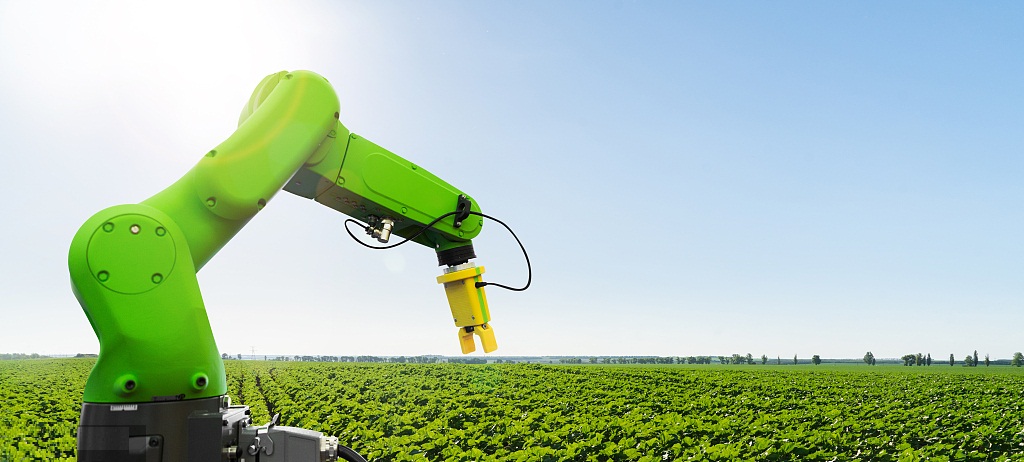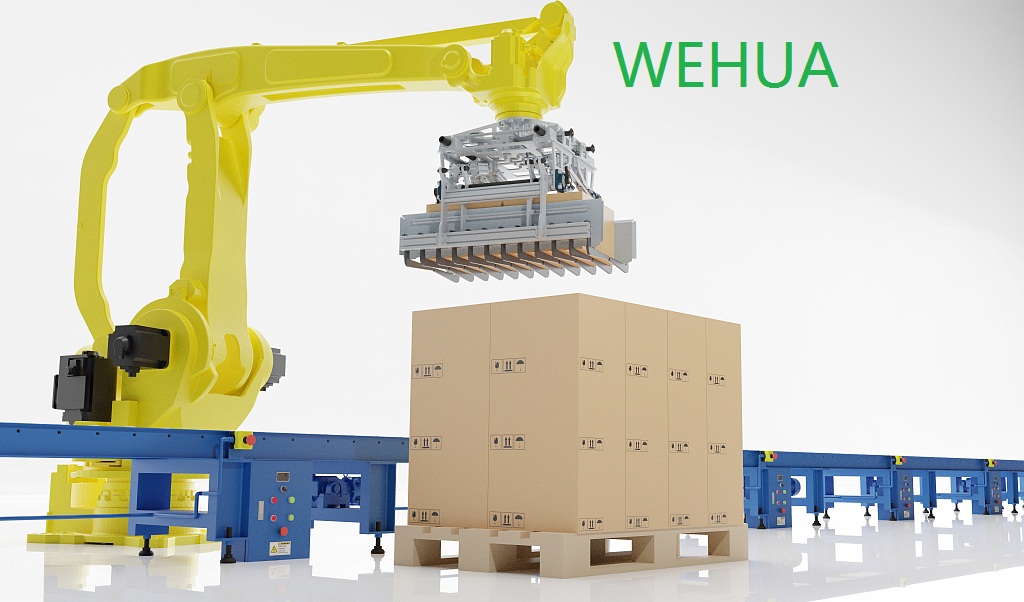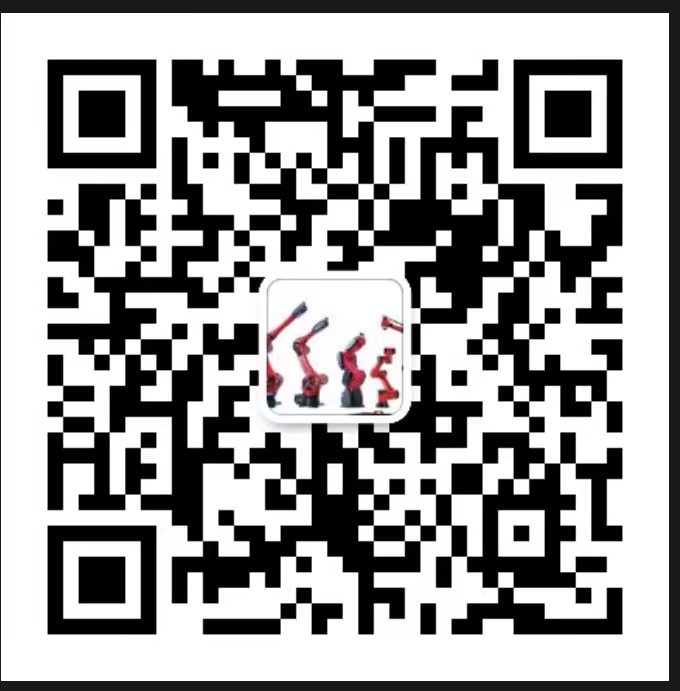In the future, robot programming and Internet of things are the innovation direction of industrial robots
Development and direction of robots in the future
Since the 1990s, the rapid development of large-scale integrated circuit and computer technology has made the manufacturing technology of industrial robots increasingly mature. The improvement of robot performance, the improvement of working reliability and the continuous decline of its shape, volume and price have made it widely used in the automobile manufacturing industry.
In automobile assembly, robots can be applied to almost all stations to improve the automation of assembly, such as door installation, instrument panel installation, lamp installation, spot welding, gluing and painting.
In the automotive industry, the design and application of robots focus on methods, tools and steps. The continuous development of robot technology allows factory managers to reduce costs and enhance quality and productivity. With the wide application of robots in the automotive industry, the evaluation and control of manufacturing assembly system, factory safety and reliability, and real-time performance become particularly important. Therefore, how to reasonably apply the working robot and the development of the future robot has become a common concern.
The power supply, controller and safety system of the robot are installed in the control box outside the spraying room. Since the control box is also of modular design, it can be easily configured to optimize the actual coating process of customers. In the advanced coating system produced by duel company, the multi motion flexible control technology is adopted to integrate the control of robot and the control of spraying process for processing, and there is no need to set up the control of spraying process.
In the automobile production process, in addition to the application in the spraying production line, it is also applied in the welding, installation, logistics and distribution in the whole production process. And greatly improves the work efficiency and reduces the production cost. And with the development of science and technology, industrial robots will be more and more widely used in automobile manufacturing plants.

Development direction of future robots
With the advent of the era of knowledge economy, high technology has become the focus of contention among all countries in the world. As the inevitable place of science and technology economy, robot technology has also invested a lot of energy in the development and research of robot technology. So, as far as the current robot technology is concerned, what problems need to be improved? Let's discuss the future development direction of robots from three aspects.
1. System development mode
Industrial robots must change the past "component development mode" and give priority to "system development mode". Considering that we are about to enter the era of agile manufacturing, we should consider the development of industrial robots from the perspective of forming an agile production system. From the system point of view, we should first consider how to connect and communicate with other equipment conveniently. The communication between the robot and the local database is field bus from the development direction, while the distributed database is Ethernet. China should formulate corresponding communication specifications and protocols as soon as possible according to the international situation, so that we can follow them when developing the robot system. In a word, from the system point of view, the ability of interconnection and coordination with other devices must be considered in the design and development of robots.
2. Programming language and programming mode
The general industrial robot program language is still action level language. Although many task level languages have been developed, they are not practical. With the development of OO technology and the maturity of offline programming technology, task level languages may become more mature. But in the foreseeable future, due to the complexity of "task", the practical language will still be action level language.
At present, the programming languages are still independently developed by suppliers, and there are various kinds of programming languages. In the future development, with the adoption of general-purpose computer as the robot controller has become a mainstream, the robot language can be fully standardized like the computer language, which will greatly facilitate the system integration and the programming, simulation and monitoring of the system. At present, in the formation of our own industrial robot industry, it is completely possible to formulate robot language specifications, especially the action level programming language specifications. In this way, the system can be programmed in a unified language. After simulation and verification, the system is directly downloaded to each robot through the output interface, and the entire operation is monitored through the input interface, and the original programming data can be retained. Relatively speaking, the development of the "integration framework" of the underlying equipment should be arranged as soon as possible.
Robot programming is a big problem. The teaching programming mode, which is still widely used at present, has played an indelible role in the history of robot development. Nowadays, robots work as a group on production lines, such as automobile body assembly lines, and there are hundreds of robots. When a new product is put into production, the teaching mode is still used for programming, which takes too long and seriously affects the production efficiency. After the production enters agile manufacturing, because the product changes very frequently, this problem becomes more prominent. It should be said that it must be solved. According to the conditions realized today, we can start from three aspects: first, improve the structure and improve the machining accuracy; Second, when developing a new generation controller, it is necessary to re study the error compensation problem and study practical methods; The third is to add sensors to compensate the mechanical accuracy. The solution of this problem can make the robot programming as well as the CNC equipment of the machine tool completely realize off-line programming. With the software that is easy for large-scale safety modification, the "agile manufacturing production line" can be realized.

3. Introduction of sensors and evolution of robot Ontology
Over the past decade, various kinds of robot sensors have developed rapidly. With the emergence of micro mechanisms, the next century will be an era of revolutionary changes in sensors. The appearance of super miniaturization, high reliability and cheap sensors will fundamentally change the design of robot programming and control system. With the appearance of carbon fiber reinforced materials and a great deal of research on elastic arms, it is possible to realize a light robot with a load / weight ratio of 1:2, which has been pursued for a long time. Another bottleneck is the driver unit. From the past experience, the application range of shape memory alloy, magnetic to telescopic and pneumatic telescopic driving units is very limited, and the driving body is still a motor. However, the self weight of the motor is an old problem to be solved. At present, there are no new concepts and principles. The focus of the research is to develop magnetic materials with high temperature resistance and high coercive force. In addition, force and torque sensors, acceleration sensors, etc. are combined with the electric machine and drive unit to form the so-called new inductive drive unit.
It is believed that through the technical improvement of industrial robots, more new and cutting-edge technologies will be applied to robots, including the humanization of robots and the application of grating technology, so that robots can more flexibly and accurately complete various complex tasks and bring greater benefits to enterprises.
 微信扫码 关注我们
微信扫码 关注我们

24小时咨询热线0755-8210876

移动电话18820268255
Copyright © 2022 Wehua groupe All Rights Reserved. address:Shanglian No. 3 Industrial Park, Shangcun, Gongming street, Guangming New District, Shenzhen 地址:Shanglian No. 3 Industrial Park, Shangcun, Gongming street, Guangming New District, Shenzhen 粤ICP备2021166738号 XML地图 网站模板